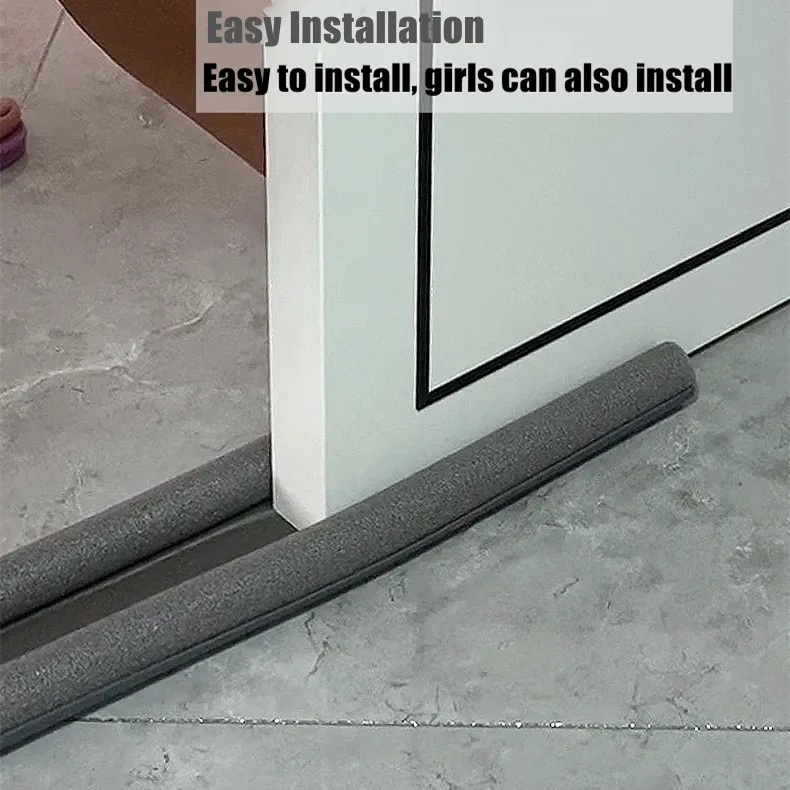Durable Rubber Beading Strip for Seamless Home and Automotive Applications
The Versatility and Functionality of Rubber Beading Strips
Rubber beading strips are often an unsung hero in various industries, offering a blend of practicality and versatility that makes them indispensable in many applications. Whether used in automotive manufacturing, construction, or home improvement projects, these strips serve essential functions while enhancing the overall efficiency and aesthetic of products.
What are Rubber Beading Strips?
Rubber beading strips are flexible, elongated strips made from durable rubber material designed for specific applications where sealing, cushioning, or insulation is required. Characterized by their smooth surface and elastic properties, these strips can be easily manipulated to fit different shapes and sizes. They are widely used for creating seals in doors and windows, providing insulation around car windows, and even serving as decorative trim in various products.
Varieties and Materials
Rubber beading strips come in various shapes and sizes, allowing for a range of applications. Common types include single bead strips, double bead strips, and U-shaped beading, each catering to different sealing or decorative needs. The materials used in manufacturing these strips also vary, including natural rubber, neoprene, and EPDM (Ethylene Propylene Diene Monomer). Each type offers distinct advantages in terms of durability, weather resistance, and flexibility. For example, EPDM is particularly favored for outdoor applications due to its excellent resistance to UV radiation, ozone, and extreme temperatures.
Applications Across Industries
The applications of rubber beading strips are as diverse as the industries that utilize them. In the automotive sector, they are primarily used to seal windows and doors, preventing water leakage and noise infiltration. This not only enhances the comfort of passengers but also extends the lifespan of the vehicle components by protecting them from moisture and corrosion.
rubber beading strip

In the construction industry, rubber beading strips play a crucial role in energy efficiency. When installed around windows and doors, they help to create airtight seals, reducing heating and cooling costs while improving indoor climate comfort. Their role in soundproofing can also not be understated, as these strips can significantly reduce sound transmission when installed in walls and ceilings.
Home improvement enthusiasts have also discovered the benefits of rubber beading strips. They are often used as decorative trims around mirrors, cabinets, and furniture, adding a polished finish while serving functional purposes like cushioning and preventing damage. In DIY projects, they can be applied in various creative ways, enhancing both the aesthetics and functionality of different household items.
Maintenance and Durability
One of the remarkable features of rubber beading strips is their durability. High-quality rubber strips can withstand harsh environmental conditions, making them ideal for both indoor and outdoor applications. However, regular maintenance is still advisable to ensure longevity. Periodic cleaning with mild soap and water can help maintain their appearance and functionality. Additionally, inspecting them for signs of wear and tear can prevent potential issues before they arise.
Conclusion
Rubber beading strips exemplify the blend of utility and design in a compact and versatile form. Their applications extend beyond basic sealing, entering realms of aesthetics, insulation, and soundproofing. As industries continue to innovate, the role of rubber beading strips is likely to expand further, catering to modern needs in a constantly evolving marketplace.
Overall, whether you are involved in industrial manufacturing, construction, or DIY home projects, rubber beading strips provide effective solutions that can enhance performance and durability. Investing in high-quality rubber beading strips means investing in long-term efficiency and reliability, making them a essential component of countless applications. The next time you encounter a rubber beading strip, recognize the impact it has, and consider how it might enhance your specific projects.
-
Under Door Draught Stopper: Essential ProtectionNewsJul.31,2025
-
Garage Door Seal and Weatherstrips for ProtectionNewsJul.31,2025
-
Edge Banding Tape for Perfect EdgesNewsJul.31,2025
-
Table Corner Guards and Wall Corner ProtectorsNewsJul.31,2025
-
Stair Nose Edging Trim and Tile Stair SolutionsNewsJul.31,2025
-
Truck Bed Rubber Mats for Pickup BedsNewsJul.31,2025
-
Window Weather Stripping for Noise ReductionNewsJul.29,2025